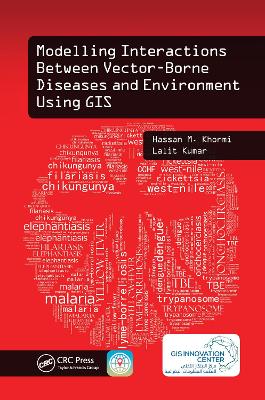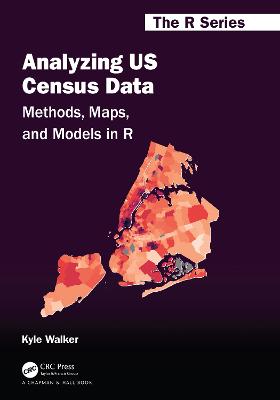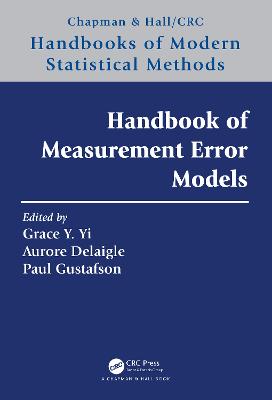Modelling Interactions Between Vector-Borne Diseases and Environment Using GIS
 -10%
portes grátis
-10%
portes grátis
Modelling Interactions Between Vector-Borne Diseases and Environment Using GIS
Khormi, Hassan M.; Kumar, Lalit
Taylor & Francis Ltd
03/2021
262
Mole
Inglês
9781138597235
15 a 20 dias
480
Descrição não disponível.
Introduction. Modelling and Simulating the Prevalence of Vector-Borne Diseases Around the World and Efforts for Combat and Control. Cartographies and Maps of Vector-Borne Diseases. Spatial Data. Common Spatial Methods for Modelling and Analyzing Spatial and Temporal Patterns and Distributions of Mosquito-Borne Diseases. Spatial Variation Risk. Modelling Associations between Mosquito-Borne Diseases and Environmental and Socioeconomic Factors. Global Climate Change and Modelling the Potential Distribution of Vector-Borne Disease. Conclusion.
Este título pertence ao(s) assunto(s) indicados(s). Para ver outros títulos clique no assunto desejado.
Dengue Fever Cases;Geographic Information Systems;Mosquito Borne Diseases;Climate Change;Dengue Fever;Potential Future Distribution;Epidemiologically Relevant Spatial Data;Vector Distributions;Aedes Aegypti;Topology;DHF;Georeferencing;Mosquitoborne Diseases;Spatial Referencing;GWR;IDW Technique;Aggregating Geographic Data;Empirical Semivariogram;Spatial Data Acquisition;Dengue Fever Prevalence;Satellite Imagery Mosquito-Borne Diseases;Pattern Analysis;A2 SRES;Distribution Analysis;MR Model;Spatial Variation Risk;Data Sets;Density Analysis;Aedes Mosquito;Interpolation;Suitable Climatic Conditions;Dengue Disease;Spatial Data;CLIMEX;Vectorborne Diseases;Climatic Models;Point Pattern Analysis;Triatomine Bugs;GIS Software;SAR Model;Spatial Clustering Pattern;IDW Method;Insecticide Treated Bed Nets
Introduction. Modelling and Simulating the Prevalence of Vector-Borne Diseases Around the World and Efforts for Combat and Control. Cartographies and Maps of Vector-Borne Diseases. Spatial Data. Common Spatial Methods for Modelling and Analyzing Spatial and Temporal Patterns and Distributions of Mosquito-Borne Diseases. Spatial Variation Risk. Modelling Associations between Mosquito-Borne Diseases and Environmental and Socioeconomic Factors. Global Climate Change and Modelling the Potential Distribution of Vector-Borne Disease. Conclusion.
Este título pertence ao(s) assunto(s) indicados(s). Para ver outros títulos clique no assunto desejado.
Dengue Fever Cases;Geographic Information Systems;Mosquito Borne Diseases;Climate Change;Dengue Fever;Potential Future Distribution;Epidemiologically Relevant Spatial Data;Vector Distributions;Aedes Aegypti;Topology;DHF;Georeferencing;Mosquitoborne Diseases;Spatial Referencing;GWR;IDW Technique;Aggregating Geographic Data;Empirical Semivariogram;Spatial Data Acquisition;Dengue Fever Prevalence;Satellite Imagery Mosquito-Borne Diseases;Pattern Analysis;A2 SRES;Distribution Analysis;MR Model;Spatial Variation Risk;Data Sets;Density Analysis;Aedes Mosquito;Interpolation;Suitable Climatic Conditions;Dengue Disease;Spatial Data;CLIMEX;Vectorborne Diseases;Climatic Models;Point Pattern Analysis;Triatomine Bugs;GIS Software;SAR Model;Spatial Clustering Pattern;IDW Method;Insecticide Treated Bed Nets







